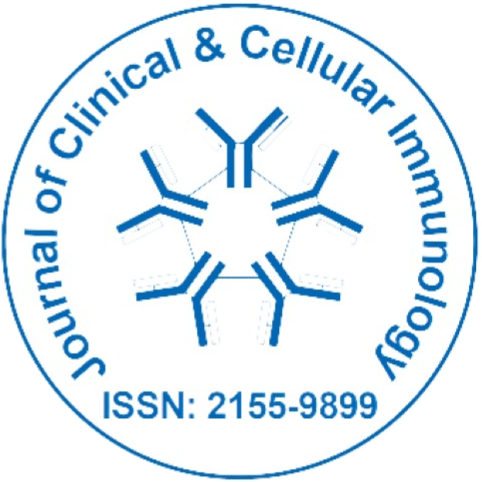
Journal of Clinical and Cellular Immunology
Open Access
ISSN: 2155-9899

ISSN: 2155-9899
Tarique Mahmood Ansari
Integral University, India
Posters & Accepted Abstracts: J Clin Cell Immunol
An astonishing and undiscovered fact about antibiotics usage is that the majority of its target populations lie in agricultural and livestock backdrop, where the lack of knowledge among breeders and vets on antibiotics resistance, makes them use the antibiotics as onetime miraculous cures in livestock animals contributing to the overall problem of antibiotic resistance potentially, as microbes eventually develop resistance against them. This resistance is eventually passed into humans in form of meat and dairy products retrieved from these antibiotic-bred livestock. Hence, the abuse of antibiotics to boost animal quality must be abolished as similar benefits can be generated by improving other aspects of animal care, such as hygiene, healthy diet and routine clinical monitoring. In the long run, an industrial investment in alternatives to antimicrobials for animal growth promotion should pay off in more efficient production of food animals as well as protection of the fragile resources that is critical to successful management of human infectious disease. To safeguard public health, the selection and dissemination of resistant bacteria from animals should be controlled. This can only be achieved by reducing the amounts of antibiotics used in animals. The National Committee for Clinical Laboratory Standards (NCCLS) has defined terms to describe herd or flock antibiotic use. Hence, as health personnel, it becomes our ethical responsibility to address the issue of antibiotic resistance diligently. If we succeed in eradicating the antibiotic abuse in animals it would open new horizons to treat incurable infections without premature resistance development against them in humans else eventually with increasing antibiotic resistance worldwide we would revert back to the pre-antibiotic era.
E-mail: ansaritariq79@yahoo.co.in